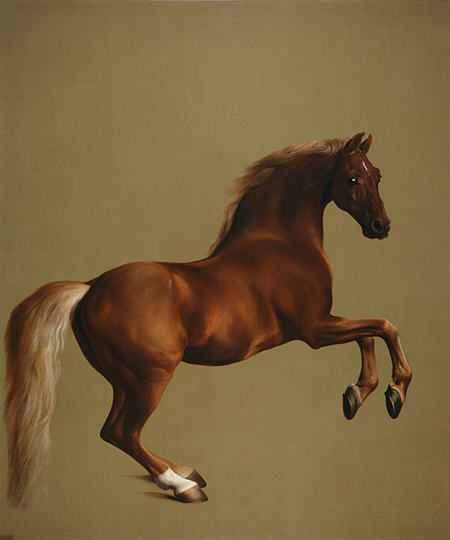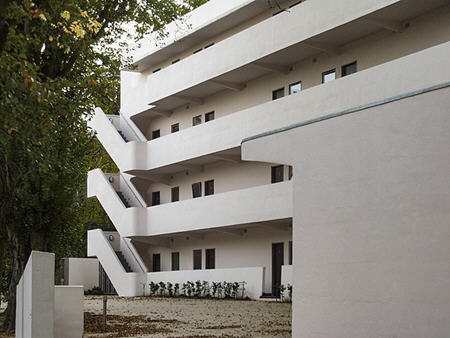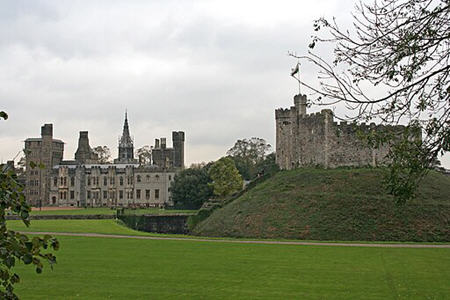Who’s who! Portrait painting in the Dutch Golden Age (Bonus Lecture)
Zoom Lecture only (!)Holland was a special phenomenon in the 17th century: A world power with a booming economy which created a wealthy burger class who were proud of what they had achieved and who wanted their portraits painted.
Never before were so many portraits produced. There was an explosion of portraits, large, small, men, women, children, groups.
It is estimated that more than 5,000,000 paintings were produced in the 17th century. Dutch artists captured these people and these works have become masterpieces – just think of the Night Watch.
We will take a look at their diversity, creativity and quality.
Due to the exhibition at the Gemäldegalerie Berlin, 12th July - 3rd November 2024, we will give special attention to Frans Hals, and this talk will be an introduction to portraiture in 17th century Holland and Frans Hals’ contribution to it.



